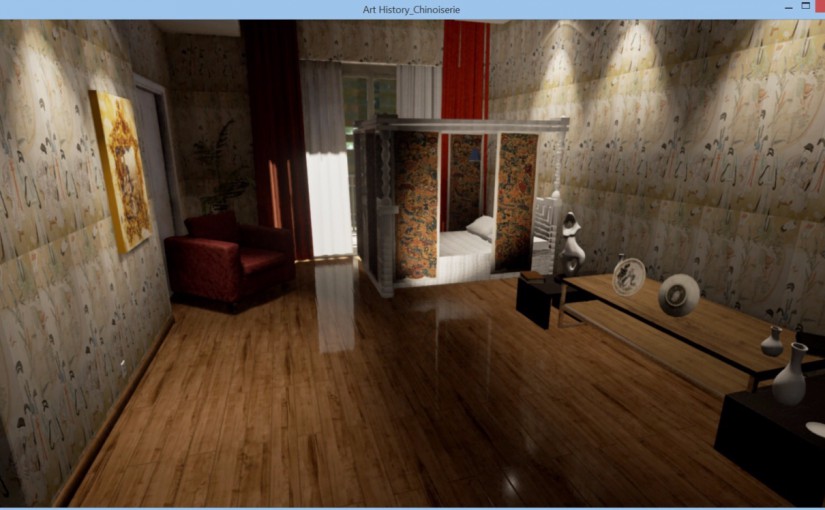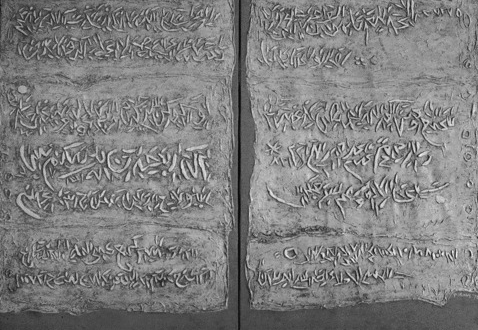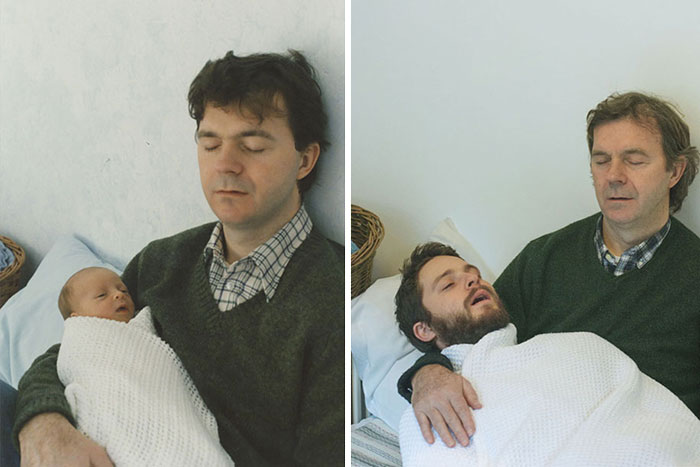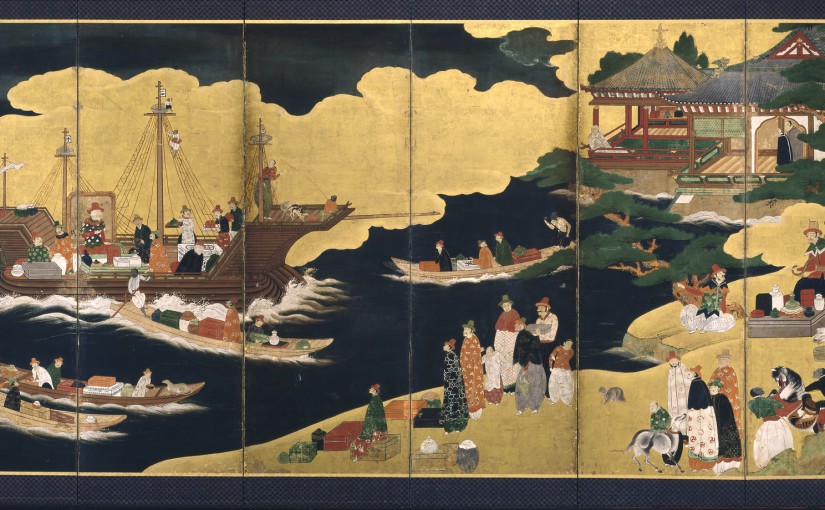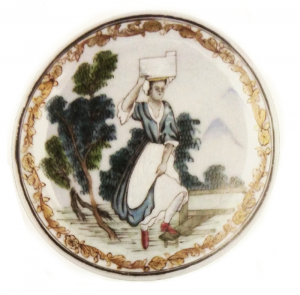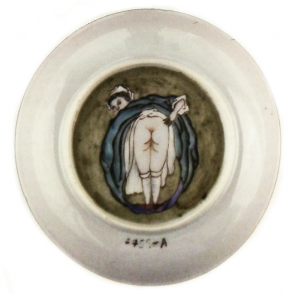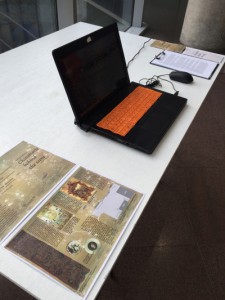 Planning a gallery exhibition definitely took alot more thought that anticipated, especially so with the thematic of the subject, Chinoiserie and how to find the relevant objects to group together, decently, in order to drive a point.
Planning a gallery exhibition definitely took alot more thought that anticipated, especially so with the thematic of the subject, Chinoiserie and how to find the relevant objects to group together, decently, in order to drive a point.
Having a scope definitely helped alot, but it somehow felt fragile as our conception of women and gender in that age, didn’t quite gel all our items together, initially. It felt like anything could change any moment, but for me, seeing the erotic plate really did reveal another side of Chinoisierie and the culture we were unaware of, because previously, it always seemed exotic and very grand even if it was considered “cheap” taste then. Perhaps too, it kind shows how societies view wealth, now its all about design and functionality more so than fanciful wares, thus the window in which we see Chinoisierie seems so interesting, with its transcultural origins, and less as of blatant entertainment for women in that day and age. Luckily, we managed to round it about more with the space itself, than the subject of gender, the bedroom really helped consolidating what items should go together.
Working together with Peng Cheng to make a interactive gallery was also an eye opener. It was something I’ve never done before, translating files for a game engine and yeah, actually very applicable for cross disciplinary projects, as animation lies close with interactive media particularly game design. It was very satisfying to see the modelled asset used into the game (modelled and textured the plate and box mirror).
A gallery project didn’t just mean finding out more about our own objects (plate, wallpaper, curtains, mirror), it also meant filtering the information and presenting them. It really makes you think how to present, what to show and how much exactly to say in order to keep the gallery concise, to the point and of interest. Really makes you think how much effort, planning museums bother about, we didn’t even do information points, different rooms or background music either!
All in all, an insightful project, fun to be able to apply maya knowledge and also got to learn more about movements between China and Britain and how goods transform to suit the taste of its consumers.
